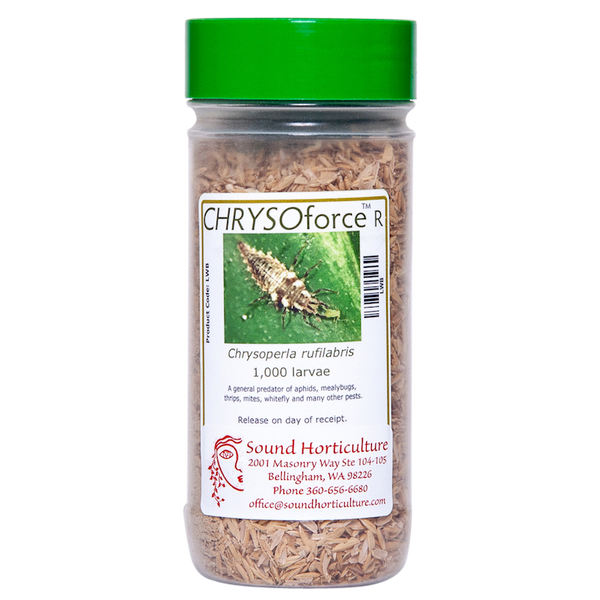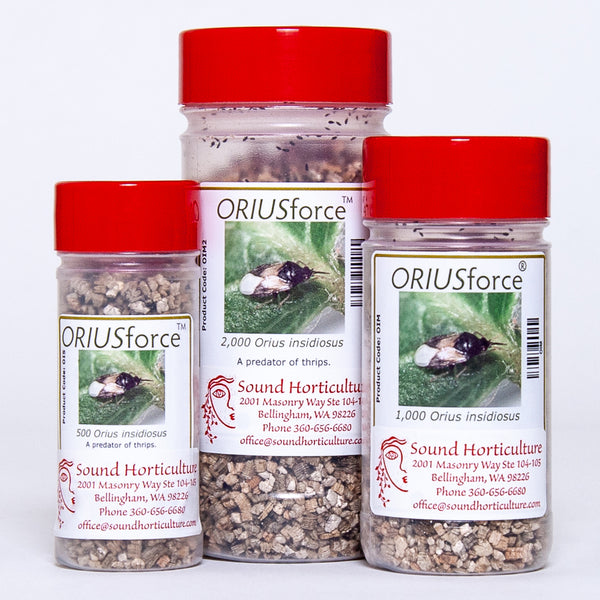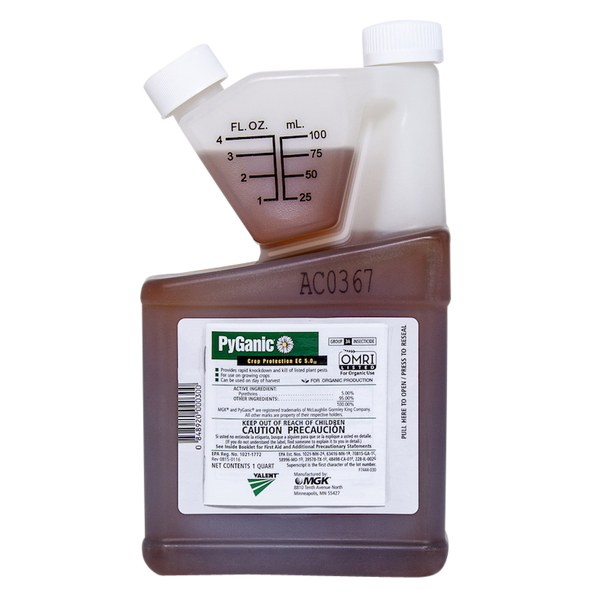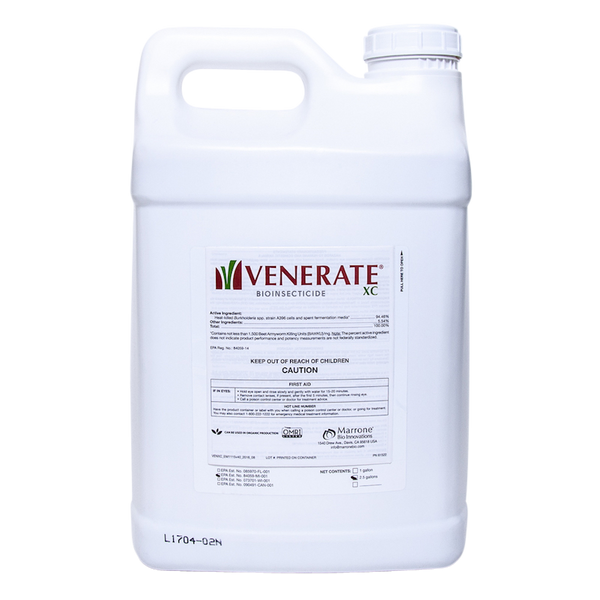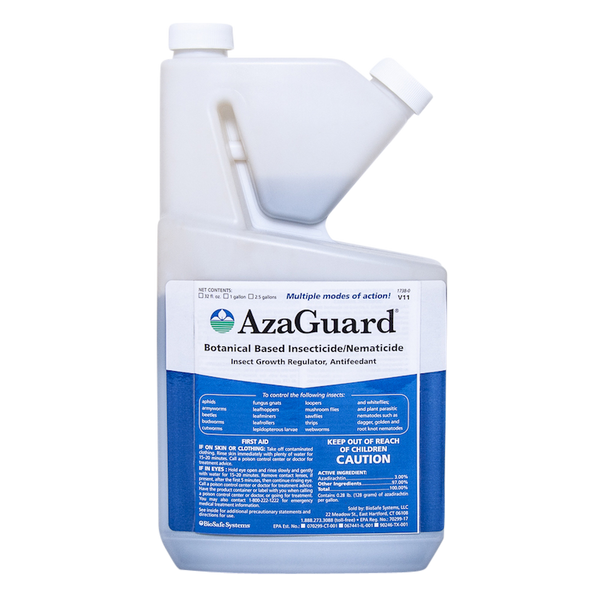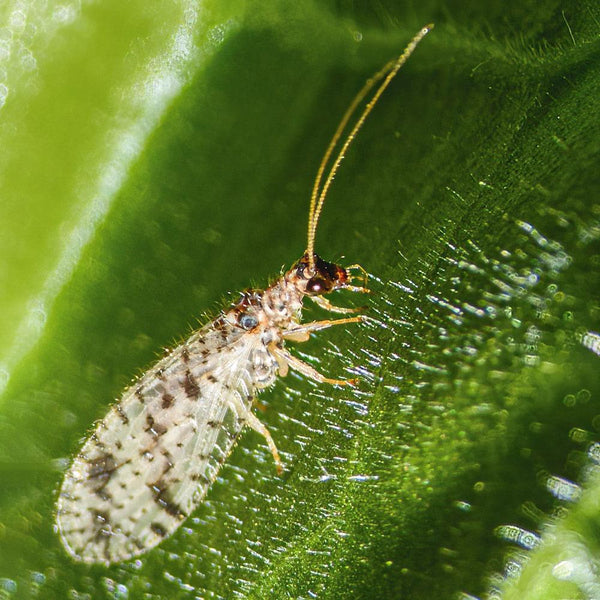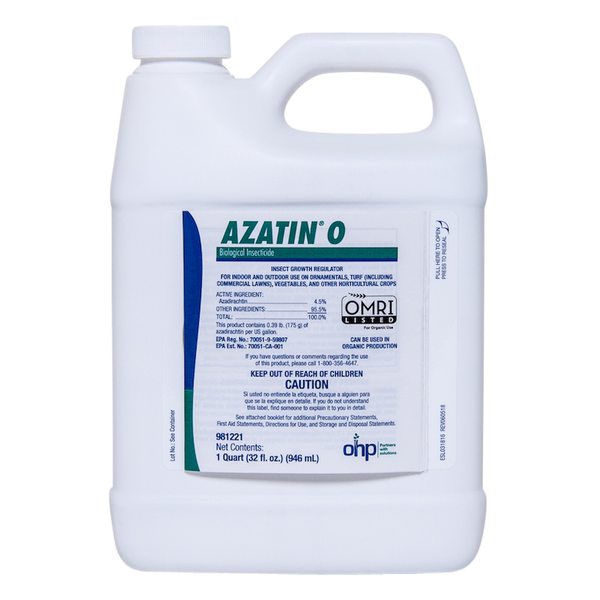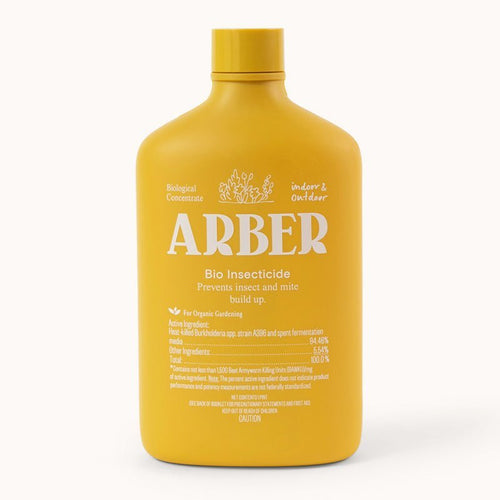Brown Marmorated Stinkbug Control
Organic and natural pest control. Brown Marmorated Stinkbugs feed on a wide variety of high value crops, causing discoloration, necrosis and chlorotic spots. Read more on our Brown Marmorated Stinkbug Tech Sheet.
Shop Now for Stinkbug Control

